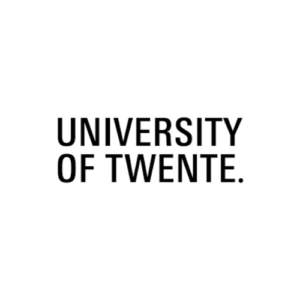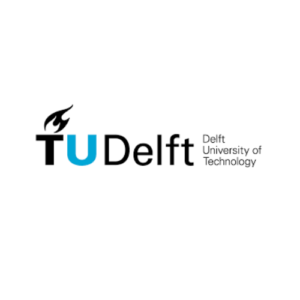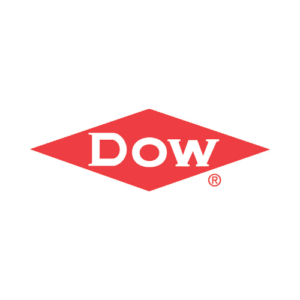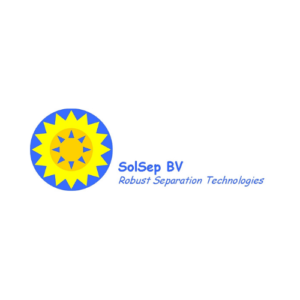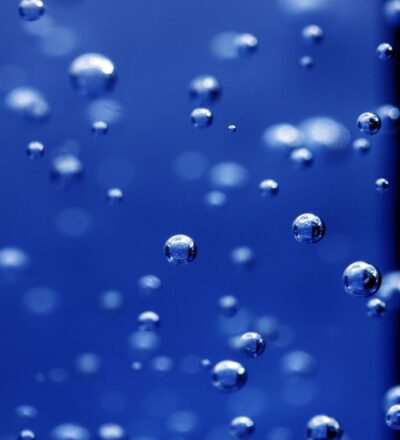This project aims to demonstrate and validate the high potential of a new class of inorganic high flux 2D Nanosheet membranes on a practical scale. These membranes could be employed to purify process streams from components before further processing or to treat effluent prior to discharge or incineration when biological effluent treatment processes cannot handle these streams.
In short:
- Demonstration and validation of inorganic high flux 2D Nanosheet membranes
- Test on a practical scale
- Upscaling methods envisioned via membrane fabrication techniques
Motivation
Many industrial process streams contain water/solvent and other valuable components that need to be separated. The polymeric nanofiltration membranes that are widely nowadays used in effluent and water treatment normally show good permeability and stable rejection. They offer a more sustainable and energy efficient alternative to currently used separation technologies.
However, the good and efficient performance of polymeric membranes are often lost when the mixture contains an organic solvent. This due to phenomena like swelling and membrane degradation. As a result of this, the rejection and permeability polymeric membranes becomes frustrated, which hinders the implementation of these membrane technologies in industrial streams.
In recent literature, a very promising new class of inorganic membranes, 2D-nanosheet membranes, is described. This class claims breakthrough values for flux and selectivity. Besides, these membrane are also stable in a large variety of industrial streams (e.g. water-solvent mixtures, water, and solvent environment). The exceptionally high permeances would make a low-pressure difference (TMP=0.5-1 bar) sufficient for optimal operation. This would furthermore result in lower fouling of the membrane and much lower energy costs. These developments are very recent and would -if justified on a practical scale- mean a major advance in nanofiltration.
These new developments may create unique opportunities to manufacture tunable high flux/high selectivity membrane systems that could be a game-changer in membrane technology.
Goal of the project
The proposed project aims to demonstrate and validate the high potential of this new class of inorganic high flux 2D Nanosheet membranes on a practical scale. With practical scale it is meant that the production concept can be upscaled via envisioned membrane fabrication techniques.
In the literature, it is suggested that these 2D-nanosheet membrane systems might be manufactured with cost and energy efficient methods and that the pore size, size between the nanosheets, can be tuned to fit a wide-range of applications. As a result of this it would be possible to produce a family of easily tunable solvent tolerant filtration systems with an exceptional high flux of up to 5000 LMH (TMP=1 bar) and good separation.
This device could be employed to purify process streams from components before further processing or to treat effluent prior to discharge or incineration when biological effluent treatment processes cannot handle these streams. The project contributes to (a) energy saving in the process industry, of in potential some 20 PJ/year or a reduction in CO2 discharge of 1.3 million ton/year, (b) a circular economy (recovery and re-use of water, solvents and components and less waste handling and discharge).
More on our Industrial Fluids Processing Program
You might also be interested in
Acknowledgement & partners
This project is co-funded by TKI-E&I with the supplementary grant 'TKI- Toeslag' for Topconsortia for Knowledge and Innovation (TKI’s) of the Ministry of Economic Affairs and Climate Policy.
